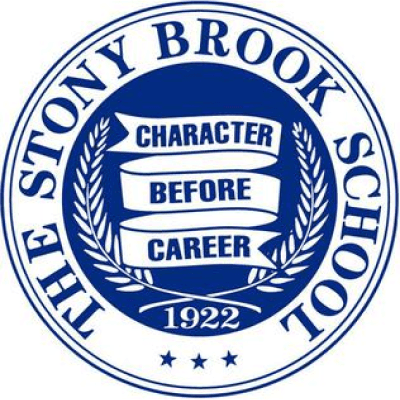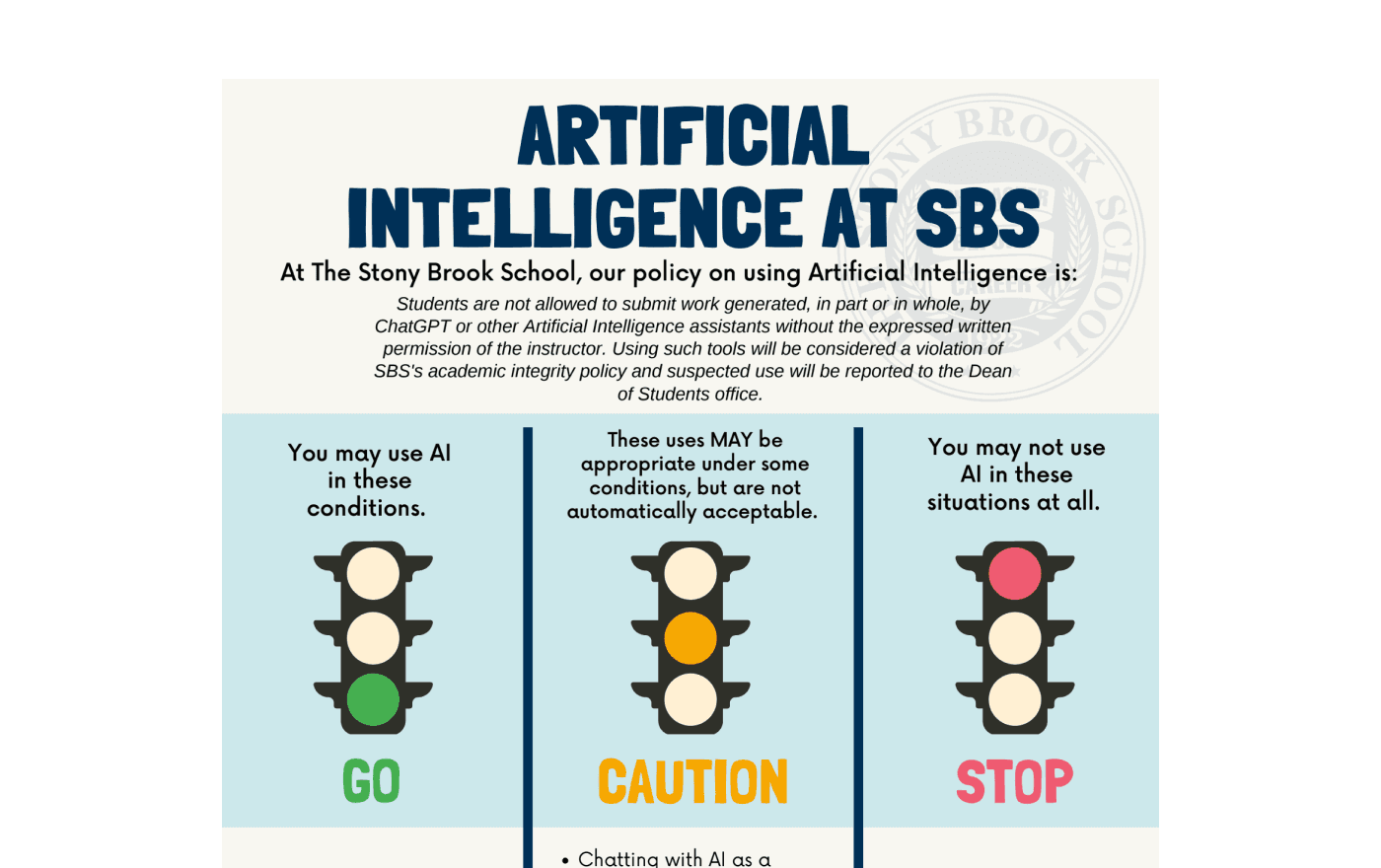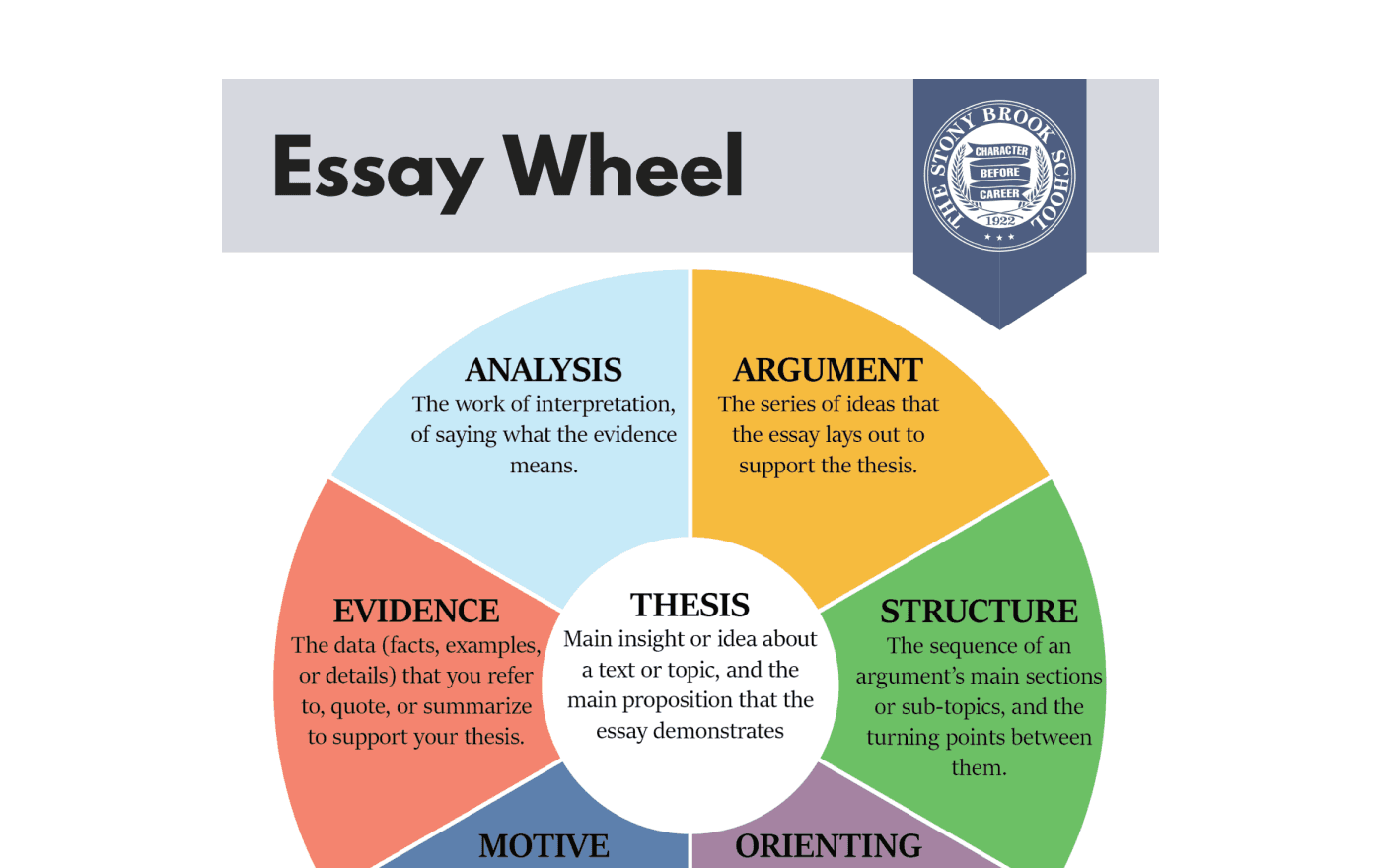These guidelines, reworked during the Fall of 2024, outline the Academic Integrity Policies for The Stony Brook School. They were created with inspiration from Northfield Mount Hermon School. An original addition to the guidelines from the Stony Brook team was an AI Checklist for handling plagiarism cases, used to determine reasonable suspicion of inappropriate use.
A note from The Stony Brook School:
At The Stony Brook School, we have approached the integration of AI into education with a strategic, mission-driven approach, ensuring that it serves as a tool for deeper learning rather than a shortcut. Our faculty-led initiative has focused on training and professional development, including workshops and hands-on sessions with Flint AI. We have visited and had conversations with peer schools (especially Northfield Mount Hermon who helped us shape our academic integrity policy - thanks NMH!), hosted webinars, sent faculty to conferences, and participated in broader discussions on AI’s role in education. Like many schools, we quickly assembled an AI Task Force that helps train our teachers, as well as communicate our faculty needs and feedback to our administrative team.
Rather than reacting hastily to AI's rapid evolution, we have taken a deliberate path—gradually introducing faculty to AI tools in ways that align with their comfort levels and instructional goals. Our goal was to foster curiosity and confidence among teachers amidst the stresses of the "AI revolution." We have specifically looked for ways that AI can augment our distinctively human capacities - the virtues and characteristics that give us human beings the ability to reason and make challenging decisions based on empathy and human relationships.
Our AI policy is built on a clear framework that prioritizes academic integrity while allowing thoughtful engagement with AI. Using a "traffic light" system, we have defined when and how students can responsibly integrate AI into their work. AI use is only permitted with explicit instructor approval, and students must document and cite their interactions with AI. We have also set clear boundaries for when AI-generated content is inappropriate, aligning with our academic integrity guidelines, which emphasize originality, proper source citation, and transparency.
Of special note is our "AI Checklist" which helps our faculty identify concerns about potential plagiarism and places guardrails for our deans as they walk through cases of academic integrity. We have identified five key areas where AI work might be evident, all based on faculty input and the latest practices. This gives our team accountability and confidence as they walk through these difficult conversations, and also provides transparency to students and families in the ways to wisely use artificial intelligence.
What sets our approach apart is our commitment to our school’s mission—integrating faith, character formation, and rigorous academics in a way that encourages students to engage deeply with knowledge. We have drawn wisdom from other institutions, both K-12 and higher education while shaping AI policies that reflect our community's unique values. By prioritizing thoughtful adoption over-reactive enforcement, we have cultivated a culture where AI is neither feared nor blindly embraced but carefully evaluated as a tool that can enhance, rather than replace, human learning and creativity.
Other resources from The Stony Brook School:





